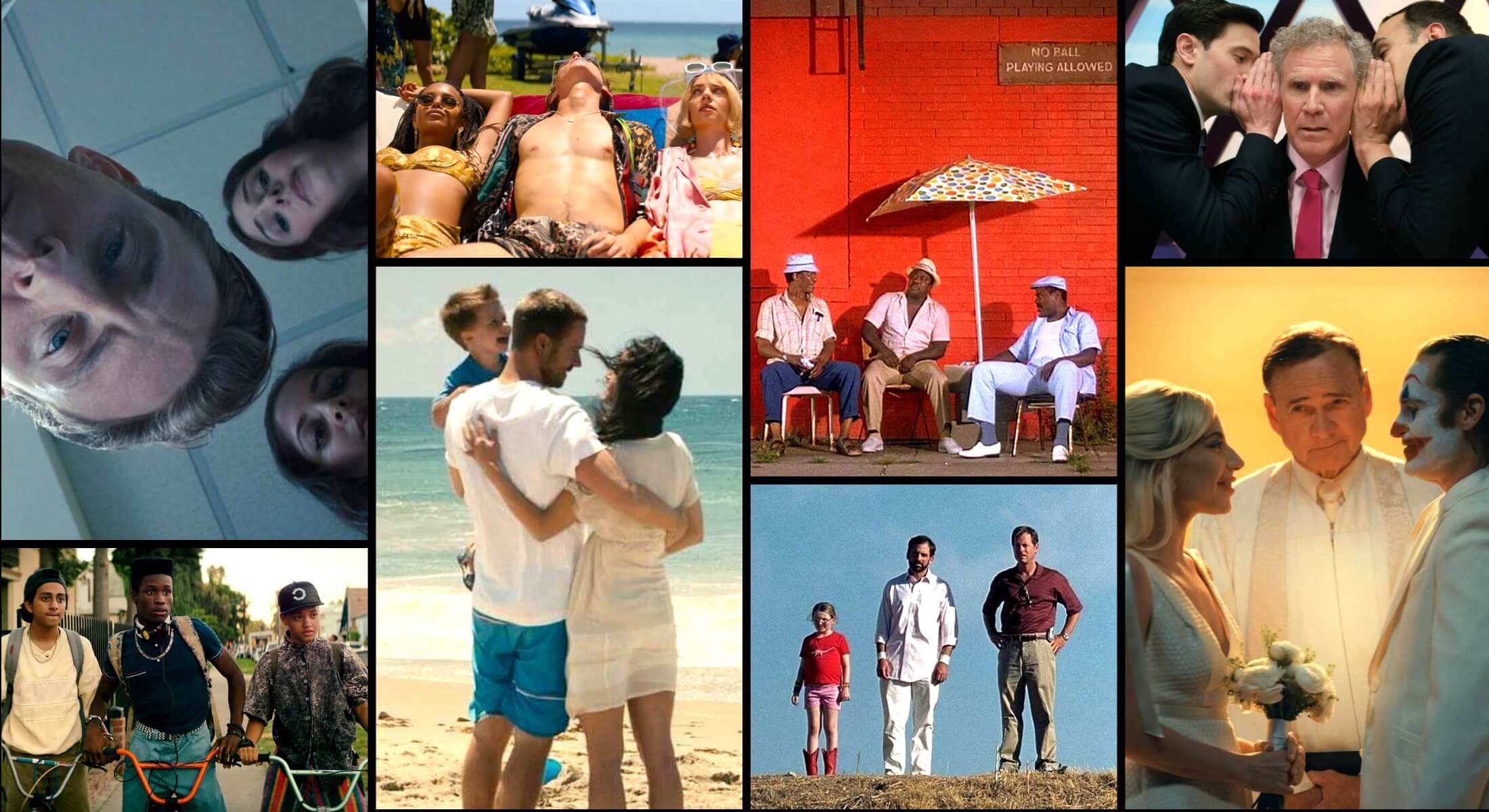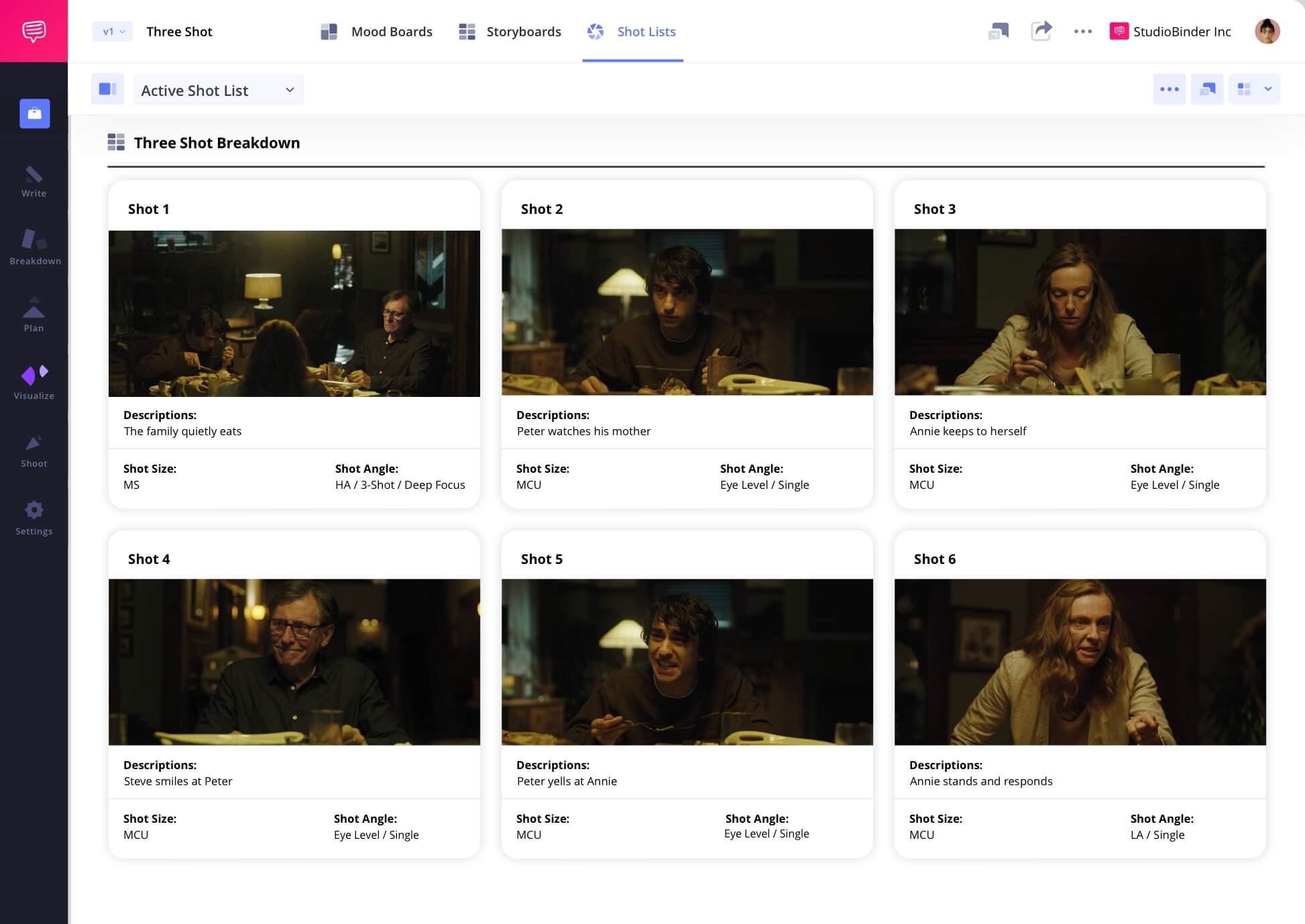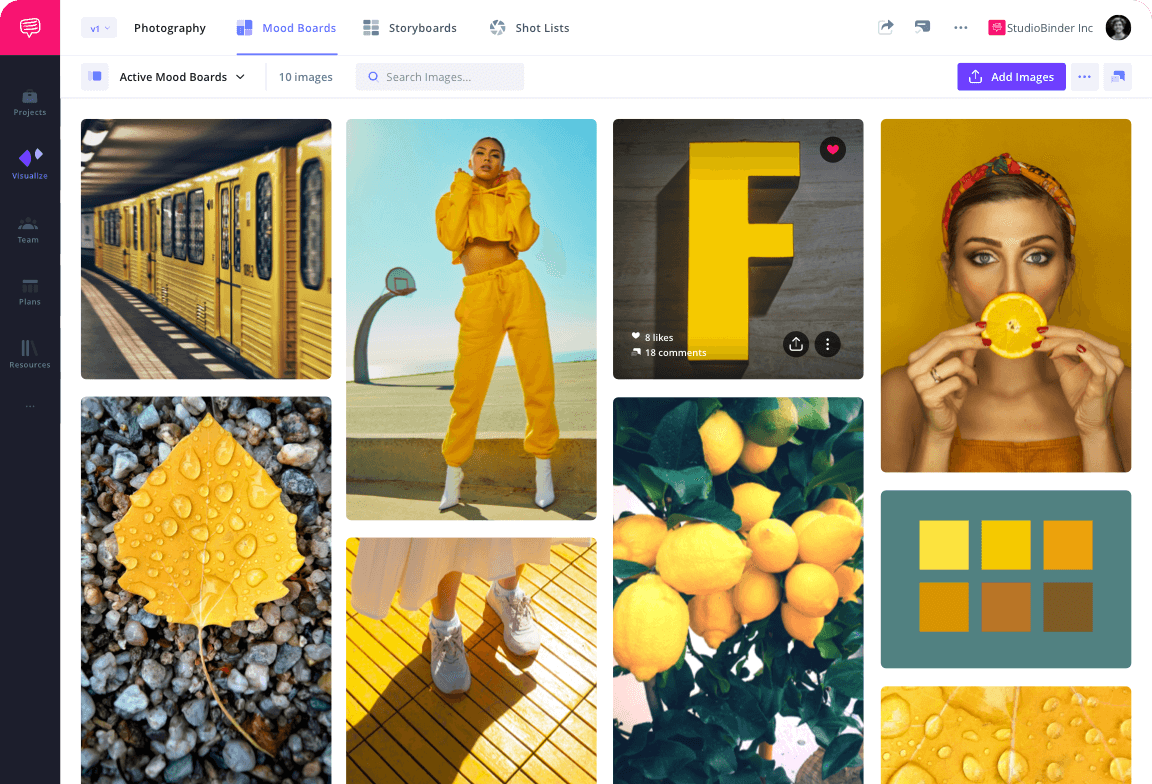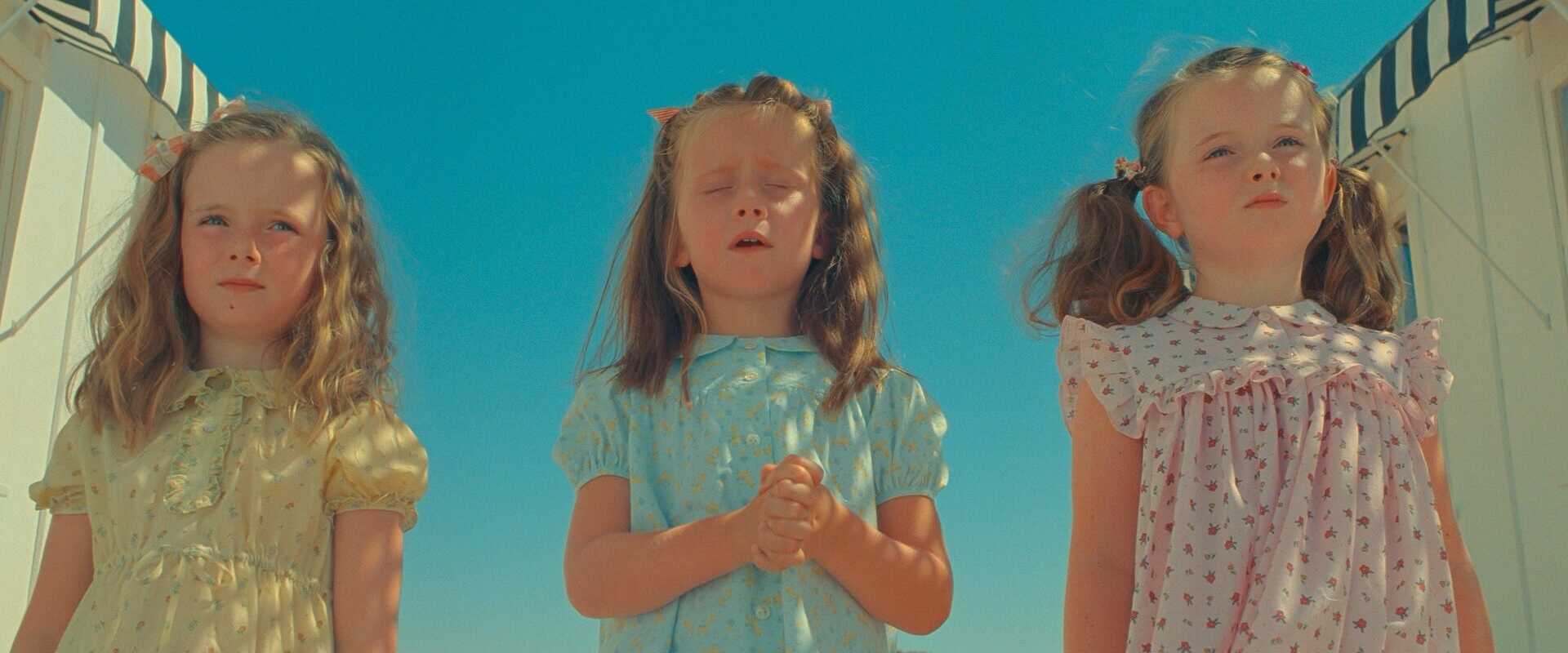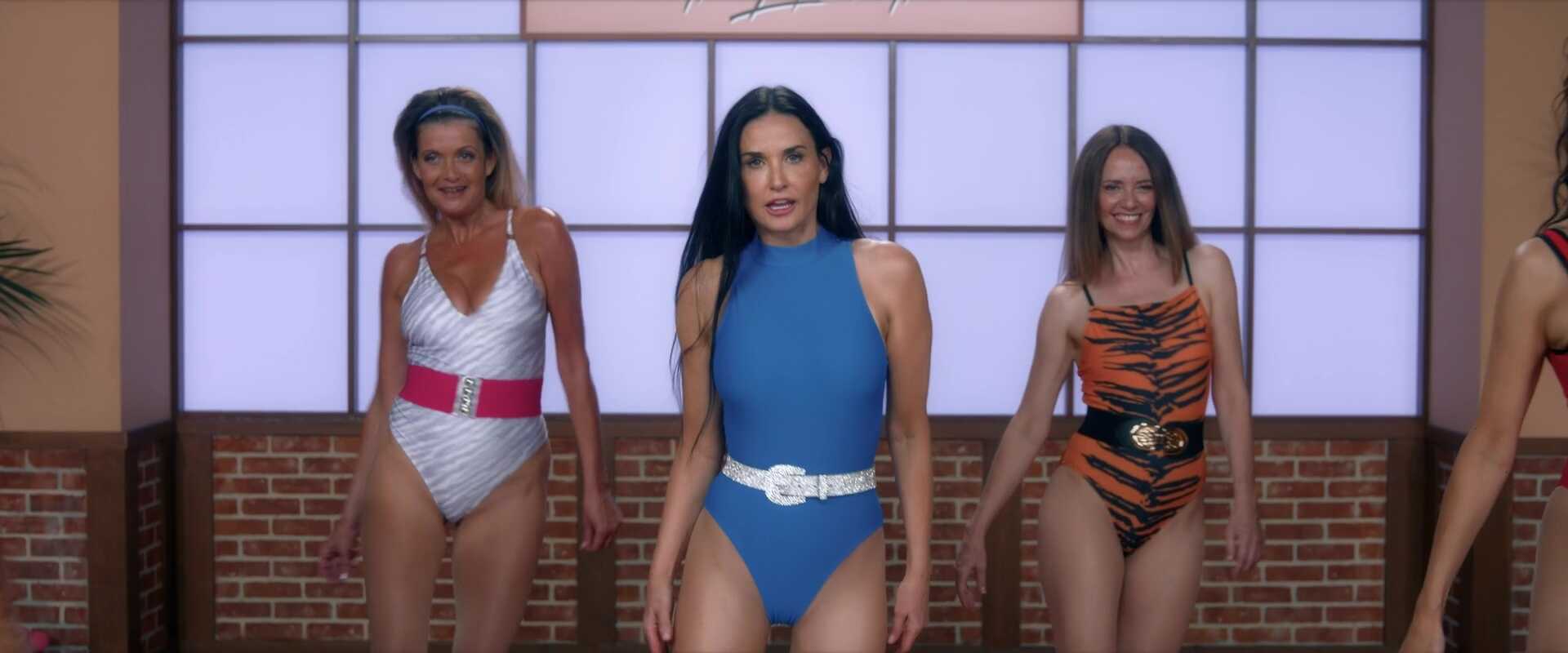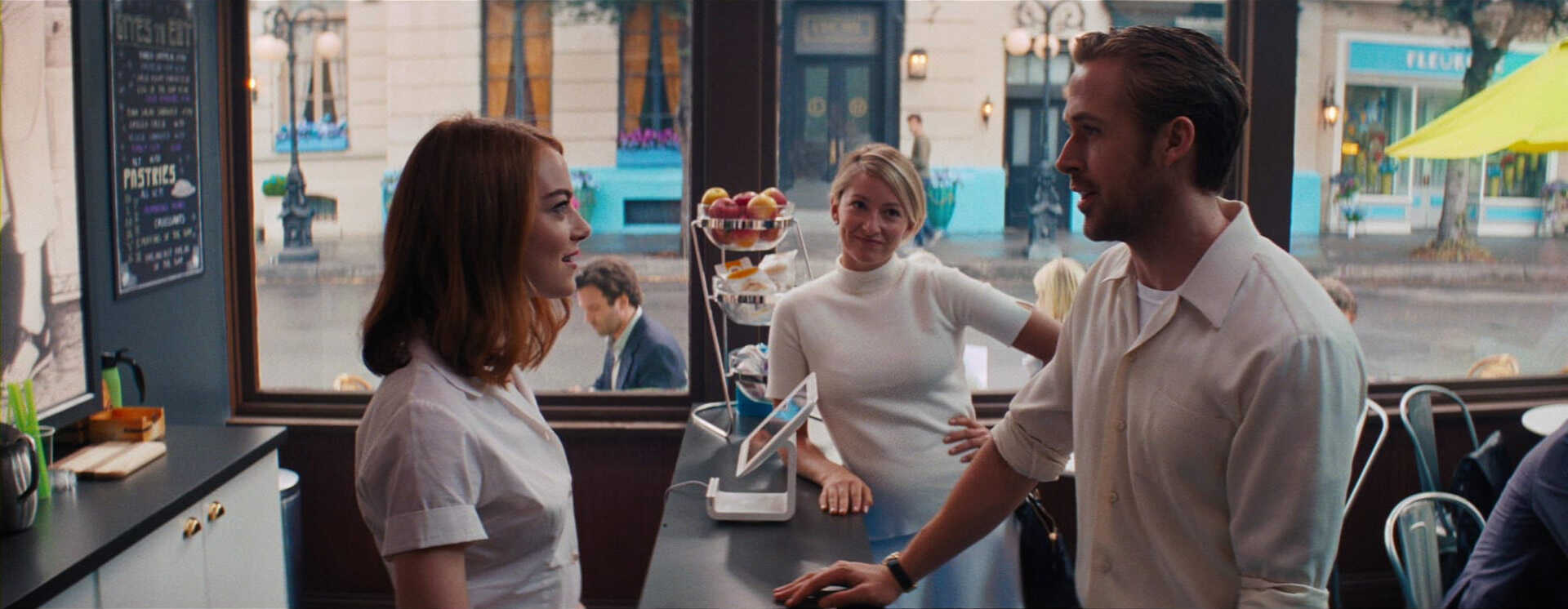Three Shot Definition
What is a Three Shot?
A three shot is a type of composition where three characters are framed together in the same shot. It’s used to establish group dynamics and show how individuals relate to each other within a shared space. A three shot can be arranged in various ways depending on the desired mood or visual emphasis.
Effect of a three shot
Three shot examples
Before we unpack how three shots operate in visual storytelling, it helps to study how they appear in real scenes. Explore this handpicked set of three shot examples, each one showing how placing three characters in a shared frame can communicate balance, conflict, or cohesion in entirely different ways.
Maps out group dynamics
Positions characters within a social triangle
Highlights who holds attention
Shapes the viewer’s sense of inclusion
Uses
What does a three shot in film do?
Whenever a three shot appears — in narrative films, commercials, and beyond — it offers a unique window into group dynamics. More than just fitting three people into the frame, it invites the audience to read relationships, observe power shifts, or sense emotional distance. Below are several ways this framing technique can shape meaning and tone:
Balanced Cohesion
Three characters stand equally spaced, engaged in conversation. The even composition suggests harmony and balance among them.
Social Hierarchy
One figure is centered while the others are positioned to the side or slightly behind, visually signaling authority or leadership within the group.
Emotional Division
Two characters interact while the third is turned away or distanced, introducing a quiet tension that the characters may not be aware of, but the audience is.
Shifting Allegiances
The body language and blocking between the trio can subtly shift throughout a scene, and the three shot holds it all together.
Differences
Three shot vs group shot
Three shots and group shots both involve multiple characters in the same frame, but they serve different narrative and visual purposes. A three shot specifically frames three characters, and as such it allows for clear character focus while still maintaining a sense of interaction and shared space. The framing tends to be intentional and structured, making each person’s placement meaningful.
In contrast, a group shot includes four or more people and is generally used to establish a broader social setting or environment. These shots often prioritize the collective rather than focusing on individual dynamics.
As a result, emotional nuance can become more diffuse.
While a three shot draws attention to the specific interplay between three figures, a group shot zooms out to show how characters exist as part of a larger whole.
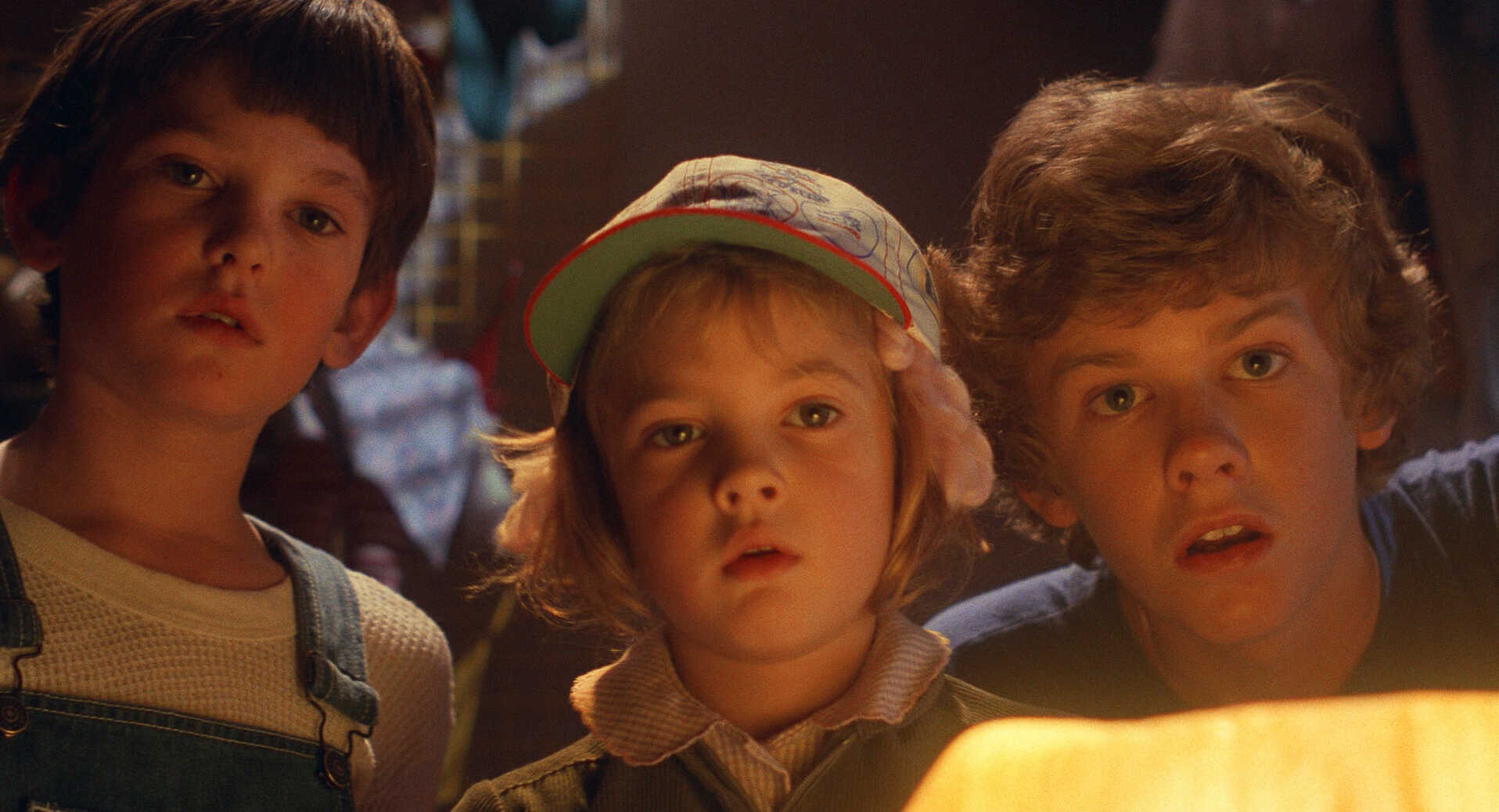
Case Study
Shot listing a three shot
Three shots can be found all the time in film. Let’s look at a specific example. In this scene from Hereditary, three shots inform the character dynamics and mood during a tense and conflicted family dinner.
Get a look at how the scene can be broken down in full by clicking below. What is the function of the three shots here?
There’s no fixed formula for framing a three shot: it’s all about intention and context.
Let’s dig into the different ways three-character compositions can elevate storytelling, tone, and reveal the unspoken dynamics between people sharing the frame.
Unexpected combinations
How should you pair a three shot with other camera techniques?
How to combine a three shot
Camera techniques work best when they build off each other. A three shot can be powerful on its own, but combining it with other tools adds motion, emphasis, and emotional nuance. Here’s how a three shot can shift and evolve when paired with additional cinematic techniques:
- Dolly Movement: Moving the camera smoothly toward or away from a three shot can underscore changing dynamics.
- Split Diopter: Keeps all three subjects sharply in focus, even when they’re positioned at different depths.
- Pan: Slowly panning across the group can guide the viewer’s attention from one character to another.
- Close-Up: A close up of one character can contain two other characters behind them.
- Crane Movement: Lifting out of a close three shot to a wider view can reframe the moment.
- Zoom: Zooming in or out within a three shot can intensify focus on a character, shifting emotional weight without cutting.
- Wide Shot: Keeping all three characters framed in a wide shot allows tension to simmer and forces the audience to scan for meaning across the group.
Frequently asked questions about the three shot
Three shots are used to capture the dynamic between three characters in a single frame. They’re ideal for showing group interactions, shifting alliances, or social balance without cutting between individuals.
Three shots can suggest:
Unity or shared purpose
Emotional distance
Group tension
Power dynamics within a trio
A three shot frames three characters together in the same composition, allowing the viewer to observe how they relate to one another in real time.
A three shot helps the audience read between the lines of group interaction. Depending on how it’s staged, it can emphasize connection, conflict, or isolation within a group, often revealing subtle shifts in relationships or tone.
